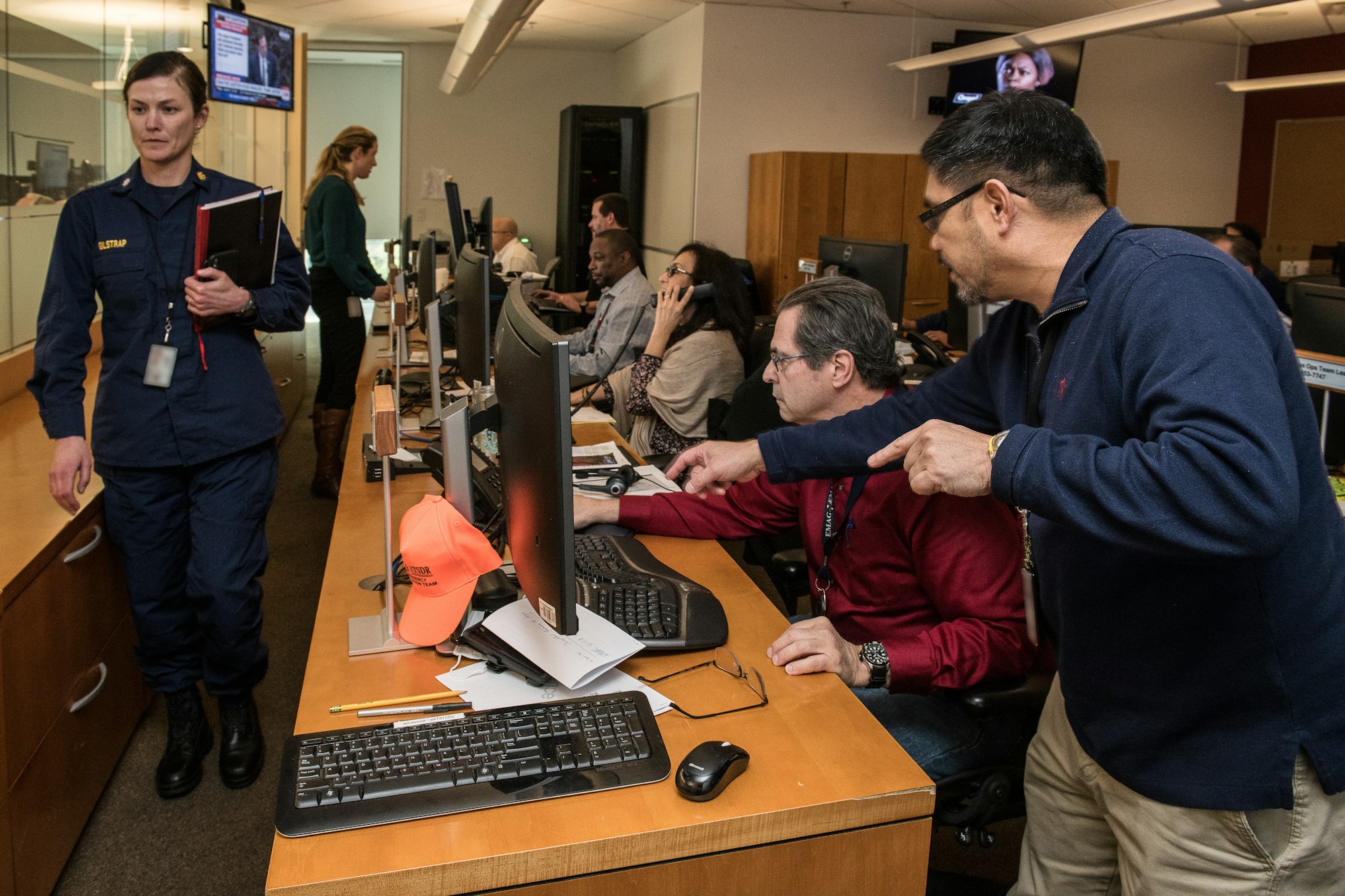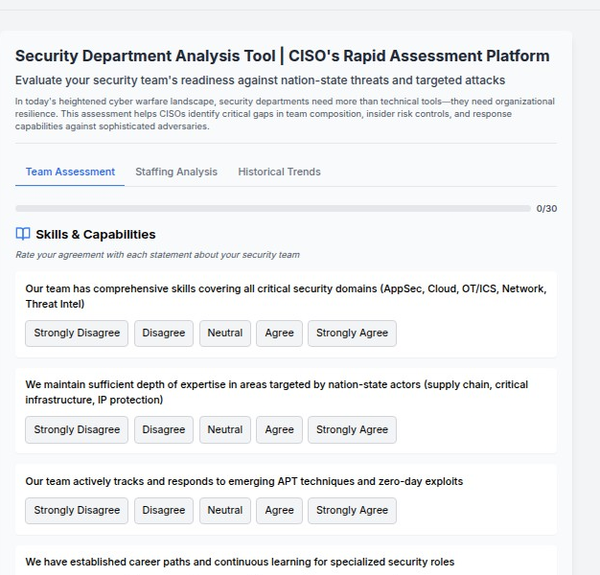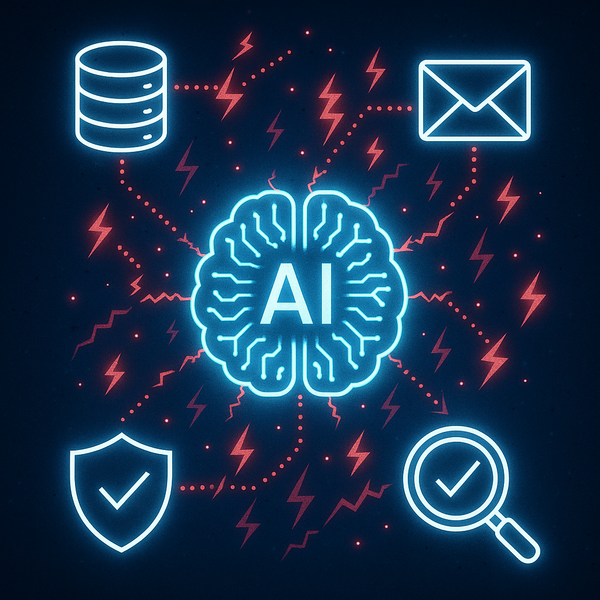Beyond the Firewall: Why Understanding Attackers and Human Nature is Key to a Cybersecurity Career

The digital landscape is a battleground, constantly evolving as malicious actors devise new ways to breach defenses and exploit vulnerabilities. For individuals considering a career in cybersecurity, simply knowing how to build walls is no longer enough. The most effective security professionals understand the mindset, tactics, and techniques of attackers, and critically, how human behavior can be a powerful, yet often overlooked, vulnerability. This blend of technical knowledge and adversarial thinking is essential for building robust, proactive defenses in today's threat environment.
Thinking Like the Adversary: Understanding Attacker Tactics
At its core, improving cyber defenses requires stepping into the shoes of a threat actor. Offensive security methodologies, such as penetration testing and red teaming, are explicitly designed to simulate real-world attacks and uncover weaknesses before malicious entities can exploit them. These practices involve using various manual and automated techniques to test an organization's information security arrangements.
Understanding how attackers operate, including their Tactics, Techniques, and Procedures (TTPs), is vital. Threat intelligence, which includes information on attacker TTPs, informs defensive strategies and helps in identifying and mitigating threats. Security researchers and threat hunters actively investigate the current threat environment, including analyzing darknet markets and recent incidents, to identify what organizations should do to avoid becoming targets. This proactive approach, known as threat hunting, is an iterative process aimed at searching for and identifying potential cyber threats within a network or systems that may have evaded traditional defenses.
By understanding how attackers chain together vulnerabilities to achieve their goals, organizations can enhance their vulnerability management processes. This involves identifying, prioritizing, and remediating weaknesses in systems, networks, and applications based on the likelihood and potential impact of exploitation.

The Human Element: A Critical Vulnerability
While technical vulnerabilities are significant, human behavior remains a primary threat vector for cyberattacks. Social engineering techniques, which exploit human interaction and natural tendencies like trust, are commonly used by malicious actors to gain sensitive information or access. Phishing, spear phishing, whaling, phone-based social engineering, and physical access methods like tailgating are all examples of these techniques.
Understanding this human vulnerability is crucial for building effective defenses. Social engineering assessments are conducted to identify security risks related to employee and contractor behavior, poorly implemented policies, and insufficient security awareness training. These assessments can help organizations understand their workforce's susceptibility and highlight areas needing improvement in security awareness programs. Training employees to recognize the red flags of social engineering and report suspicious activity is a vital layer of defense.

Putting Defenses to the Test: Offensive Security Practices
Offensive security practices like penetration testing and red teaming are not just theoretical exercises; they are practical applications of understanding attacker tactics.
- Penetration Testing: This simulates real-world attacks to find vulnerabilities in specific systems, networks, or applications. It provides a snapshot of exploitable weaknesses and the potential impact of a successful attack.
- Red Teaming: Going beyond the scope of typical penetration testing, red teaming mimics the TTPs of specific threat actors to test the organization's entire security ecosystem, including people, processes, and technology. These adversarial simulations provide a realistic view of what an attacker would do and how the organization's defenses (the "Blue Team") would respond. "Purple Teaming" involves a collaborative approach where offensive and defensive teams work together to improve overall security. Attack simulation assessments like these offer intelligence-led testing designed to evaluate an organization's capability to identify and respond to genuine cyber-attacks.
The insights gained from these offensive exercises are invaluable. They translate into actionable recommendations for improving security posture, strengthening defenses, and prioritizing remediation efforts.

Building a Proactive Posture
The goal of integrating attacker mindset and human behavior understanding into cybersecurity is to move from a reactive security posture, which focuses on detecting and responding after an incident occurs, to a proactive one, which aims to prevent attacks before they happen. Proactive security helps ensure data safety, supports compliance, and stops exploits before they occur, ultimately saving the organization money and protecting its brand reputation.
Frameworks like the NIST Cybersecurity Framework (CSF) and the CIS Critical Security Controls provide structured approaches for organizations to understand, assess, prioritize, and communicate their cybersecurity risks and improve their security posture. The NIST CSF, for instance, includes core functions like Identify, Protect, Detect, Respond, and Recover, and has added a "Govern" function to emphasize governance. It encourages the use of profiles and tiers to characterize an organization's current and target cybersecurity posture and the rigor of its risk management practices.

Your Role in Cybersecurity: Skills and Opportunities
For aspiring cybersecurity professionals, a career in this field demands a blend of technical expertise and a deep understanding of both the technological and human aspects of security. Roles such as threat hunters, penetration testers, security analysts, incident responders, and security consultants require individuals who can not only implement and manage security controls but also anticipate and counter the actions of sophisticated adversaries.
Developing strong analytical skills, critical thinking, and the ability to communicate complex technical concepts to non-technical stakeholders are essential. Continuous learning is paramount, as the threat landscape is constantly evolving.
In conclusion, a career in cybersecurity offers exciting challenges and significant impact. By embracing a mindset that understands the attacker's perspective and the critical role of human behavior, professionals can go beyond traditional defense to build truly resilient organizations in the face of evolving cyber threats.









